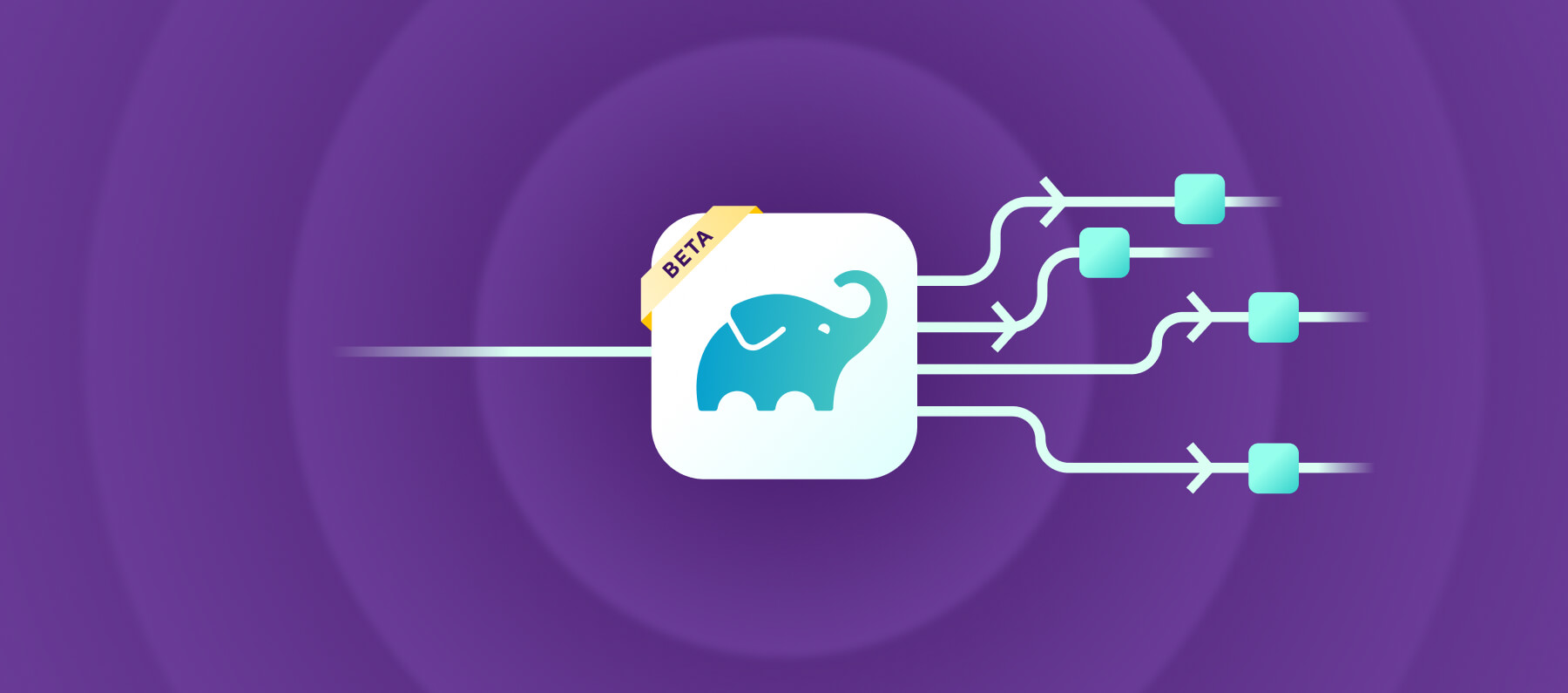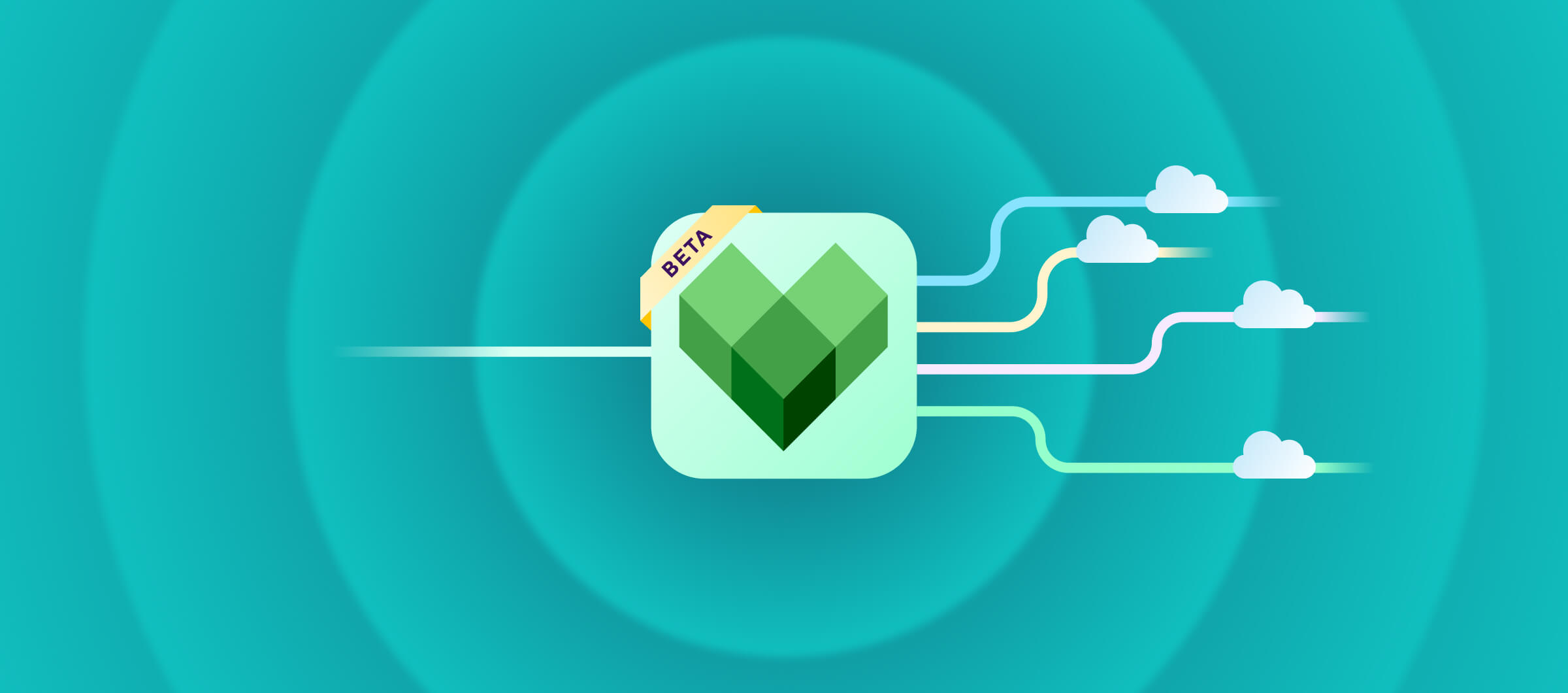In our recent webinar, we tackled a familiar frustration for many engineering teams: long build times. Our expert panel broke down the problem and explored how remote build caching can deliver faster builds, improved workflows, and real business value.
Here are the five biggest takeaways:
1. Long build times are slowing teams down
Builds are one of the most persistent drains on developer productivity. A GitHub survey found that developers spend as much time waiting for builds as they do writing code. Most mobile teams experience 10 to 30 minute builds, and polling during the session confirmed this range for many attendees.

Even small improvements can make a big difference. A Google study showed that reducing build time by just 13 percent led to higher satisfaction, faster iteration, and more frequent code changes.
2. Remote build caching is a proven fix
Remote build caching speeds up builds by skipping tasks that have already been completed. When inputs stay the same, the system reuses the output from previous runs instead of redoing the work.
This concept fits into a broader CI/CD maturity model:
- Crawling: basic automation
- Walking: parallel task execution
- Running: dependency caching
- Flying: remote build caching and advanced systems
If you’d like to learn more about this and how remote caching fits in, why not read this article?
Remote caching is part of reaching that top tier of performance. For many it’s still a novel technology, with only a quarter of our webinar audience working with remote caching.

3. The gains are real, but results can vary
Remote build caching can significantly reduce build times. Benchmark tests on well-known open-source projects showed:
- Gradle projects averaged a 41% time reduction
- Bazel projects reached up to 92% faster builds

These results came with no code changes, just by enabling Bitrise Build Cache.
Not every project will see the same level of improvement. Monolithic codebases or those with frequent changes to shared dependencies may require tuning. Bitrise provides tooling to help you identify bottlenecks and optimize cache usage.
Even modest reductions in build time can unlock major productivity gains over time.
4. The business value of caching
One of the advantages of remote build caching is that its impact can be clearly measured. Faster builds translate into saved developer time, which makes calculating return on investment straightforward.
During the webinar, we walked through a simple ROI model that outlines the key variables: team size, average build time, number of builds per day, and percentage of time saved. Using these inputs, teams can estimate how much developer time they get back each month.
To help with this, we shared a Google Sheet calculator that lets teams plug in their own data and assumptions. While this model focuses on time and cost savings, not all value is purely financial. Faster builds also reduce frustration, support better flow, and create space for deeper work and faster iteration.

The bottom line: caching doesn’t just speed up builds, it gives time back to your team.
5. One customer’s results: Maven Clinic
Maven Clinic, a digital health provider, implemented Bitrise Build Cache and reduced Android build times from 12 to 13 minutes down to 3 to 8. That is a 30 to 60 percent improvement. With shorter feedback loops, their team now iterates faster and ships with greater confidence.
You can read their full story here.

Want to try Bitrise Build Cache?
Start a free 30-day trial directly from your Bitrise dashboard. You can find the webinar recording here.




